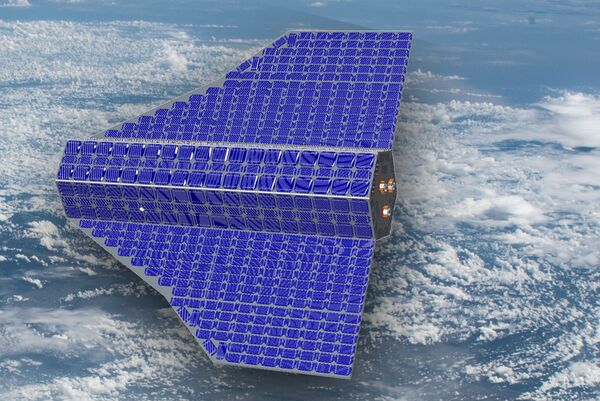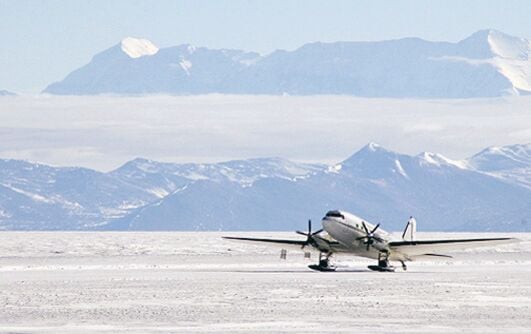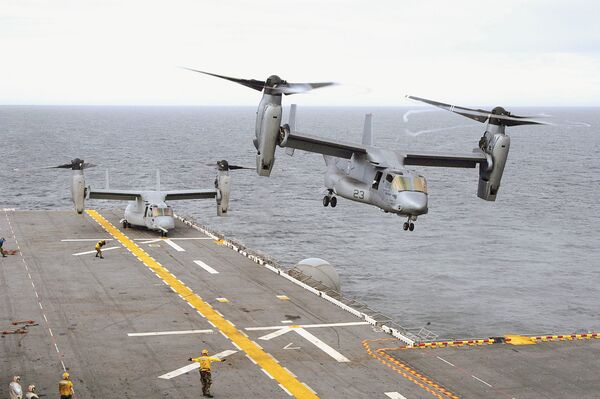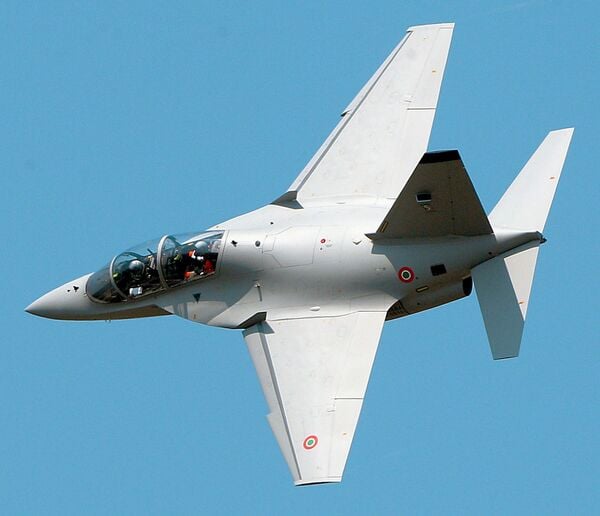- About
- Intara
- Capabilities
- Advisory
- Resources
- News
- Store
DARPA's Project Otter explores VLEO capabilities
23 June 2023
by Carlo Munoz


A rendering of the Stingray very low Earth orbit space vehicle. (EOI Space)
The Defense Advanced Research Projects Agency (DARPA) is seeking industry input on the viability of developing and fielding very low Earth orbit (VLEO) satellites for use by the US armed forces, according to a pair of recent solicitations.
Project Otter, as envisioned, will assist DARPA in evaluating potential industry solutions to “develop and demonstrate ‘air-breathing' electric propulsion technologies enabling extended satellite operations in very low Earth orbit”, according to a programme summary included in a 15 June solicitation. Project Otter, which is expected to begin in earnest in fiscal year (FY) 2024, represents the agency's main thrust towards developing a potential VLEO capability.
“DARPA is exploring ideas to help frame future VLEO program investments, with a focus on overcoming energy demand in a high-drag environment, [and] concepts and technologies suitable and complementary to the [VLEO] atmosphere are of interest,” according to a second agency solicitation issued on 16 June.
Update: US Department of State approves Basler BT-67 sale to Argentina
06 May 2024
by Zach Rosenberg


The BT-67 is no stranger to Antarctica's harsh climate. This picture displays a Basler BT-67 (re-engined DC-3) in polar configuration equipped with snow skids. (Basler)
The US Department of State has approved Argentina's request to purchase Basler BT-67s, support equipment, and training for up to USD143 million, the department announced on 18 April.
“The proposed sale will … [provide] additional capacity for airdrop and airlift operations to service Antarctica during the winter season,” the announcement read. “This will reduce the burden on other airlift assets in Argentina.”
Up to five aircraft are to be purchased in the deal, according to the Department of State, which includes spare engines, ground handling equipment, transport, and personnel training. Basler and the Argentine Ministry of Defense had not responded to Janes questions at the time of publication.
Argentina maintains nearly a dozen research bases on Antarctica, according to the country's Ministry of Foreign Affairs, International Trade and Worship. Argentina's air force operates several aircraft types capable of operating in Antarctica, including four Lockheed Martin C-130Hs and seven de Havilland DHC-6s.
Modern Day Marine 2024: NAVAIR plans V-22 improvements to keep tiltrotor flying through 2050
06 May 2024
by Zach Rosenberg


The MV-22 (pictured) is to soon receive new engine nacelles to be followed by a refreshed cockpit. Longer-term modifications may include a new drivetrain and perhaps even new wings. (US Navy)
The V-22 is likely to fly through 2050, and upgrades are in the planning process to allow it to reach that age, US Marine Corps (USMC) Colonel Brian Taylor, V-22 programme manager at Naval Air Systems Command (NAVAIR), said at the Modern Day Marine 2024 conference in Washington, DC on 30 April.
In the near term, NAVAIR is working to centralise the V-22 fleet in a common configuration and improve maintainability.
“When you purchase aircraft over about a 30-year span, you end up with some configuration challenges, and that's what we're still working through,” Col Taylor said. “You're going to see things like block modifications: how do we get the aircraft to be closer to one another across this wide expanse of airframes that we bought and the different blocks they were in?”
Leonardo, Textron tout M-346 as ‘no drama' option for navy's next jet trainer
06 May 2024
by Jeremiah Cushman


Leonardo has teamed with Textron Aviation Defense to offer the M-346 jet trainer for a US Navy requirement. (Aermacchi Spa)
Leonardo has teamed with Textron Aviation Defense to offer its M-346 jet trainer for the US Navy's (USN's) Undergraduate Jet Training System (UJTS) programme. The service's current jet trainer, the T-45 Goshawk, entered service in 1991 and has experienced numerous technical issues in recent years. In September 2023 the USN released a request for information for the UJTS.
Textron Aviation Defense will serve as the prime contractor for the project, Tommaso Pani, senior vice-president for marketing and strategic campaigns – Leonardo Aircraft Division, told Janes during the Navy League Sea-Air-Space 2024 global maritime exposition in National Harbor, Maryland, in April.
The Defense Advanced Research Projects Agency (DARPA) is seeking industry input on the viability of ...
Latest Podcasts
Using OSINT to support law enforcement
Ritu Gill, Intelligence Analyst, joins Harry and Sean to discuss the practical use of OSINT to support law enforcement. Ritu discusses it’s use in supporting risk assessments and classified or closed sources of intelligence. She also discusses t...
Listen nowJanes Case Studies
Using Janes Intara to build a common intelligence picture: Russian build up on the Ukrainian border
View Case StudyNews Categories
 C4ISR Details
C4ISR Details